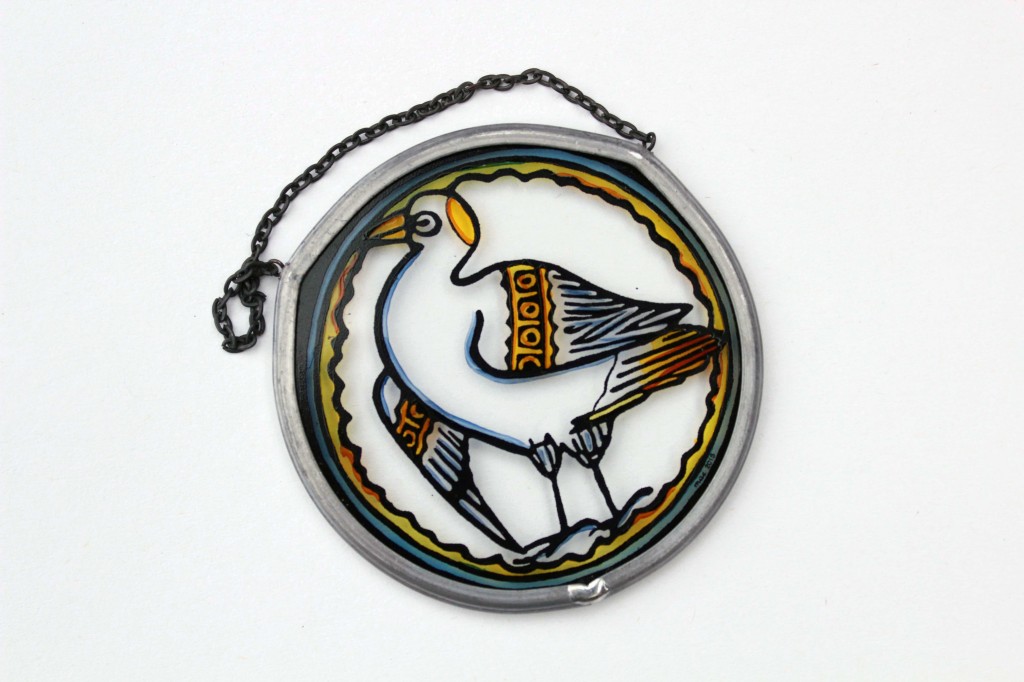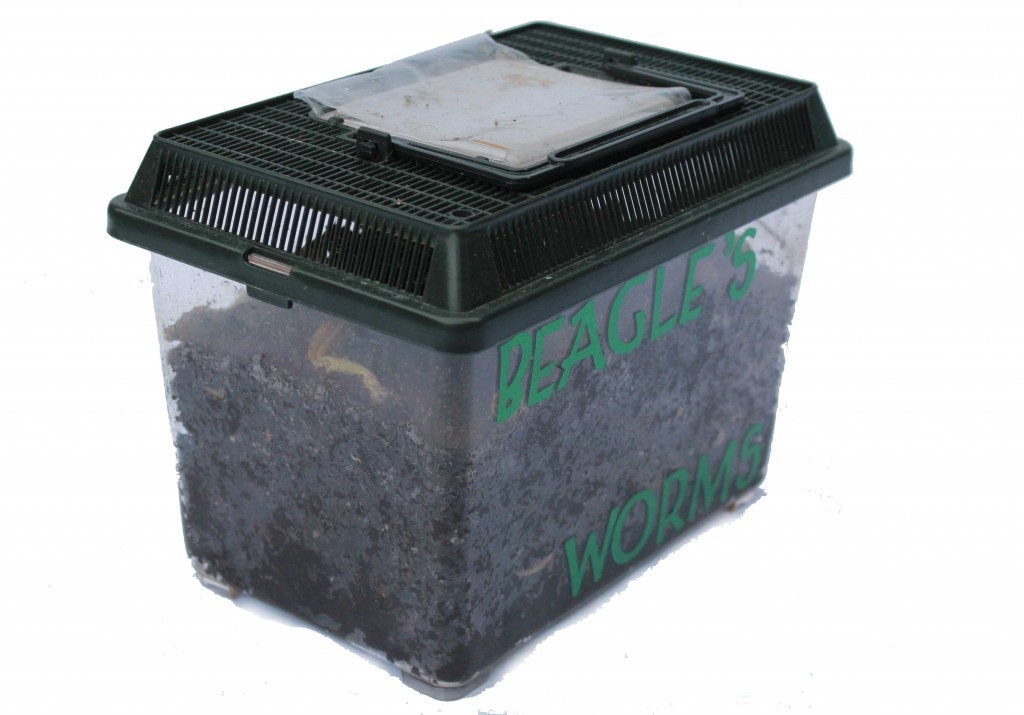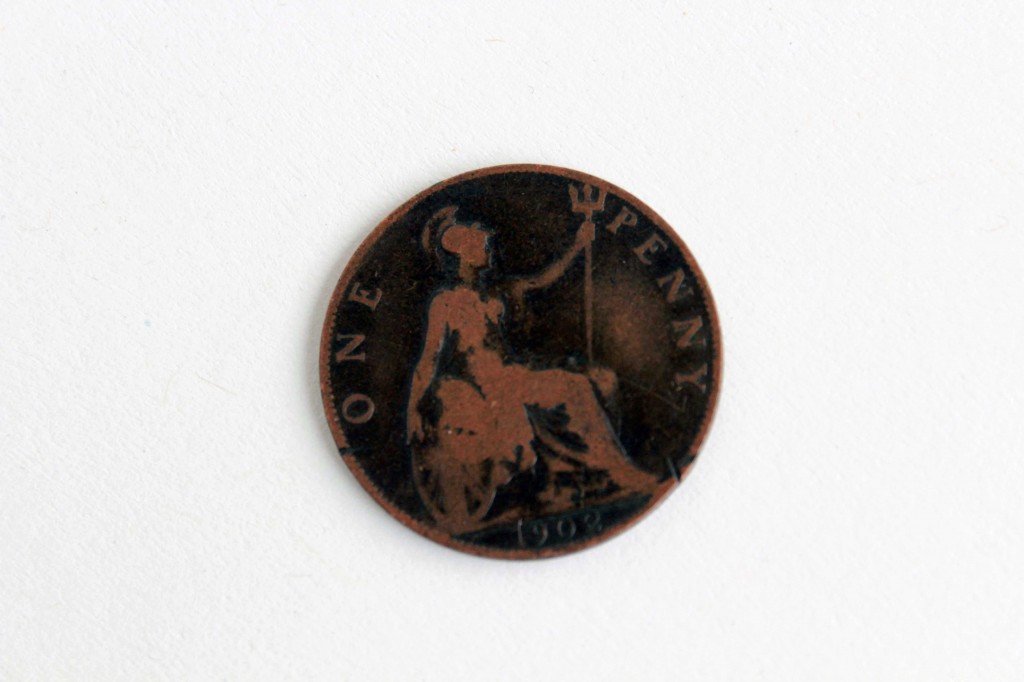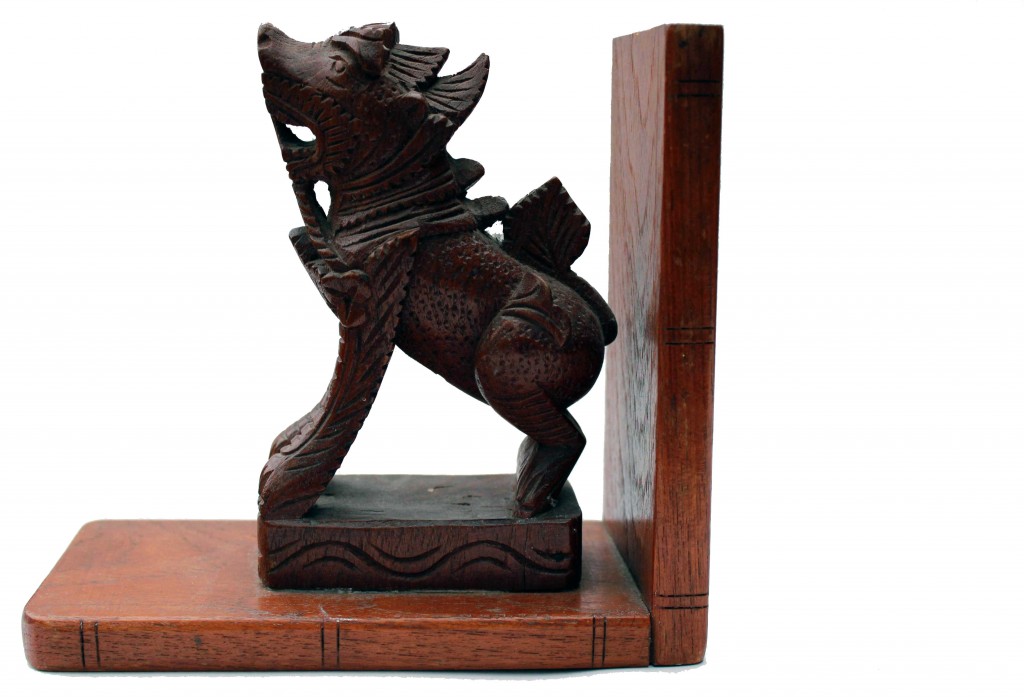This week Lesley Kinsley, a postgraduate research student in the department, shares a roundel displaying a bird that is extraordinarily important in environmental history.
Category Archives: Past Matter
Past Matter, Object No. 5: Earthworms
This week’s object, isn’t really an object, but a group of animals. Our final year undergraduate student Ben Eagle explains how these earthworms have inspired his history dissertation.
Earthworms have only recently become an historical interest of mine although I have had a soft spot for them, working and walking in the fields of the Essex landscape, as long as I can remember. As some of the oldest animals on the planet they fascinate me as much as they fascinated Charles Darwin who published a lengthy treatise on earthworms in 1881. These particular worms, a family of 80 eisenia foetida, a species of compost worm, were kindly given to me by a fellow Bristol undergraduate. They connect me to the soil and to the past, both personally and intellectually and they have inspired me to both pursue environmental history and to push boundaries in my writing, particularly relating to how we can study the natural sciences alongside the humanities.
Past Matter, Object No. 4: A Frame, and the Picture Within
The fourth object in our series is a picture frame purchased by Dr Jill Payne at Ashton Gate Flea Market a couple of years ago. It came with a free photograph…
I bought this with the aim of re-purposing its honestly-crafted little frame, barely registering the faded image itself. Once home, though, the emptiness of its provenance resounded loudly. I like uncluttered surfaces, but these craftspeople and their business proprietor (?) defy me to either remove them from their casing or put them out of sight: a scant trace of something that someone, somewhere, sometime, wanted to record.
Past Matter, Object No. 3: A Penny
This week Dr Victoria Bates shares one of her Grandfather’s pennies and her interest in telling the stories of things often overlooked.
This coin from 1902 is one of my late grandfather’s coin collection, with which I was always fascinated as a child. I spent many an hour inventing stories about the journey of these coins, the different people who had spent them, what goods and services they had been used to purchase, and how they made their way to my grandfather. This particular coin is also representative of my more general approach to history. It has never been the big histories (or the valuable, shiny coins) that capture my imagination but rather the supposedly prosaic histories (and worn, common coins), which bring with them the stories of how people thought, lived and behaved in the past.
Past Matter, Object No. 2: Some Lake District Litter
Following on from our first object last week, our Head of Department Prof. Tim Cole describes how a piece of litter discarded in the Lake District sparked an interest in the past…
Past Matter, Object No. 1: A Burmese Bookend
As part of the Past Matters festival of history that we have been running at the Department over the last few years we are focusing on objects. Things that have meaning and value to people. Over the coming year some of our PhD students and members of staff will be working with different communities and groups in Bristol on a variety of exciting projects. As part of the those projects we will be producing postcards of objects important to the people they will be working alongside. And you’ll be able to follow them on this blog, under the title Past Matter (see what we’ve done there…). But whilst these various projects get off the ground, we thought we’d start with ourselves. So, over the next few weeks we’re going to be posting photographs of some of our own objects, taken by our Deas Scholarship PhD student Vesna Lukic, with brief explanations of why they are important to us.
To kick things off, here’s Dr Jonathan Saha, specialist in colonial Burmese history, and his Burmese bookend…
This bookend was given to me by a friend who studied with me when I did my MA in Asian History. It was made in Burma and is a Chinthe, a mythological lion-like creature. His father had been in the country many decades earlier and had acquired it. It reminds me of the camaraderie of my MA experience, and the friends I have made on the journey to becoming a historian. It is also a tangible artifact from Burma’s past that, appropriately enough, keeps my academic history books upright on their shelf.






